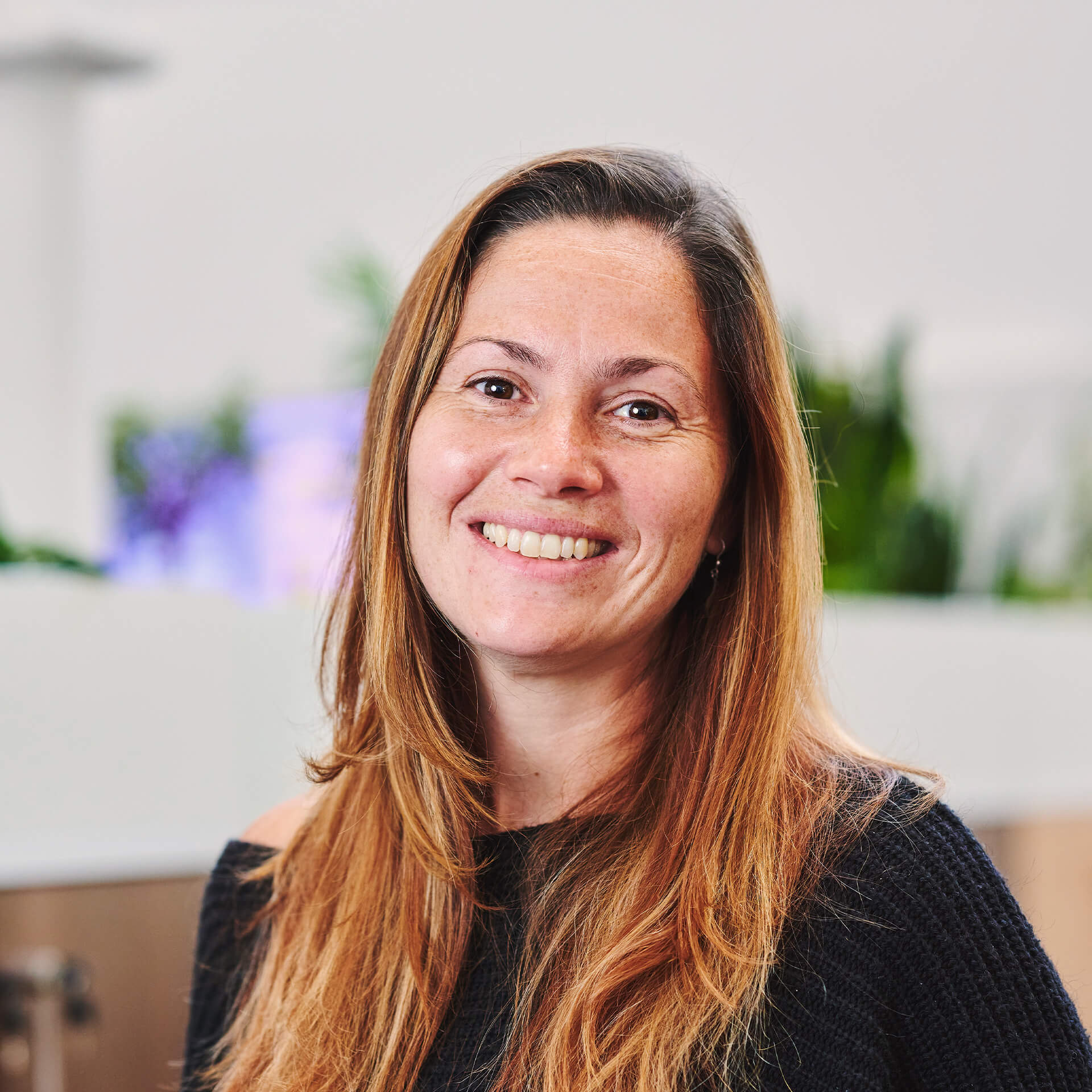
Digital Transformation has been a phrase used pretty much daily in the past year, yet most organisations already have a digital footprint and it is now time to fully understand how you can operate in a digital first world to be efficient, effective and relevant in your strategic approach.
What does it mean to reach digital maturity? What steps does an organisation need to take to build a positive and meaningful digital relationship? How can companies prepare for what lies ahead in an uncertain future?
We speak with Nathan Baranowski, to find out how approaching digital with curious eyes can make a lasting and tangible difference.
So, what is digital maturity?
“There have been many terms used over the years to describe business modernisation. Leaders used to talk about change programmes; then it became transformation. More recently, the conversation has shifted towards maturity. But these are all terms - why do they matter?
As a business, you’re never not transforming. The phrase ‘transformation’ implies that you’re moving from point A to point B, but the reality is that change is the only constant in business, and every organisation evolves and moves forward daily. Thinking with a ‘transformation’ mindset doesn’t necessarily help; maturity, however, recognises that, yes, I’m at point A right now and I have an aspiration to progress, however, as my understanding of digital develops, digital solutions evolve and our relationship and therefore capability deepens with digital the path I need to take and may wish to take for my organisation will evolve. And therefore, taking a more iterative and agile approach which enables a continual improvement and development towards our goals. After all there is no end to a digital journey.”
Is it helpful to think in terms of digital maturity?
“Thinking about ‘maturity’ and ‘immaturity’ in the digital space isn’t really the best way. Rather, what matters is how mature yours and your organisations relationship with digital is.
Being a digitally mature organisation is not about taking the fastest, slickest technology. Maturity is about how we see and use digital in operating our organisation and engaging with our stakeholders. Making the right technology work for your needs in the way you need it: using the appropriate digital tools intentionally and with foresight and purpose to realise ambitions.”Where should an organisation start, on the path to digital maturity?
“Journey mapping is the foundation to digital maturity. This is the process of helping organisations to think about themselves internally, and their customers externally, as well as their ultimate goals, to make sense of how they will move forward but also help the organisation to make simple changes today that can have a positive impact tomorrow.
A digital maturity analysis will look at an organisation’s current positioning through the lens of people (both the skill set and capability they have to use technology as well as the ability to understand digital), the culture of the organisation (in terms of its readiness and appetite to change and transform), as well as process capacity (how successfully processes and business’ operations are defined) and technology (systems, data, infrastructure, and communications). Digital maturity is tailored to the needs of each organisation; there’s no one-size-fits-all approach.
How can digital maturity support an organisations’ goals?
“Maturity is a framework to help you think and have conversations about your digital capability within your strategy: the digital maturity process helps you to understand where your energy needs to be placed, and where the biggest gaps and therefore risks are to realising your goals.
Any leader in any business is now a digital leader: to lead successfully in today’s climate, being well versed in digital is every bit as important as knowing about HR and law. Digital leadership is a core part of the modern capability mix for leaders. Maturity’s success comes down to individuals, teams and customers - it’s about understanding what you are trying to achieve in an ever-evolving landscape and what truly matters for the future success of your organisation.
How can organisations prepare for a digitally-first future?
“The path to maturity can then be addressed at a team, individual and process level: this is the approach that we’ve taken when supporting many third sector organisations, such as the Fire Fighters Charity and UK Community Foundations where we focused on the things that mattered to them most and made these measurable and achievable.
We are now firmly in a fourth industrial revolution which is grounded in the digital age, and customers expect to be able to use digital to engage with and receive services back from businesses. Over the last 12 months, society’s digital adoption has moved forward so significantly. As organisations we have in the main pivoted to focus on enabling remote working but not necessarily thought about how we will now work in this ‘new normal’ or consider our customer experiences. Digital has a firm role in supporting and enabling us to operate and communicate more effectively and offer new services and models to our customers and stakeholders.
Instead of always thinking ‘digital-first’, I believe the questions we should be asking are:
- What is the digital response to the challenge that I’m looking to overcome right now?
- How can digital help me?
- If I’m already using digital, can I use it in a better way?
As human beings, our natural response is not always to ‘go digital’ - and digital is not always actually appropriate for what we need to do. Some tasks and ways of working are actually better with the tech aspect stripped out - as has been shown by the desire for physical meeting places and face-to-face connections during the pandemic. Digital is also not accessible for everyone - while we now find ourselves living in a digital world, we must not make assumptions about digital capability or accessibility. Lockdown has demonstrated the huge digital divide that currently exists within our society.
When assessing their digital readiness, I’d encourage organisations to think in terms of these key areas: What is it that we need to do? Who are we serving with this need? What is the best approach that we can take to meet their needs?
An agile mindset and approach is extremely important when it comes to digital maturity. Digital should be in your DNA and hard-wired into how you operate - always questioning, exploring new opportunities, and working in a flexible way to resolve them. For me, it’s about being, and staying, digitally curious - seeing the challenges and working to resolve them, rather than getting stifled by detail and not making progress forward.
What’s the real, tangible impact of digital maturity?
Digital maturity is about joining the dots; it’s about delivering the change that is needed, where it’s needed. It’s not one change: it’s a portfolio of change to make a real difference.
Bristol Credit Union is a prime example of a business that has witnessed real impact as a result of using a maturity framework to have strategic conversations and put the right digital strategy in place. The organisation looked closely at what needed to be done and where they were going and approached maturity with the long term in mind.
The result has been the right technology, delivered with purpose, that has now given the organisation the tech ecosystem needed to speed up its applicant process, increase its volume of applicants, and make informed decisions using real-time data to support agile growth. All of these achievements are highly measurable and make the organisation’s ultimate strategic aim - to expand geographically and provide essential financial support to a much wider audience - distinctly possible. That wouldn’t have been achievable without first recognising the need to develop a much more mature relationship with digital.
Is it time for you to move forward on your digital maturity journey? We can help you see new digital possibilities and make it happen through beautifully crafted technology.
Contact us today for a coffee and chat.














